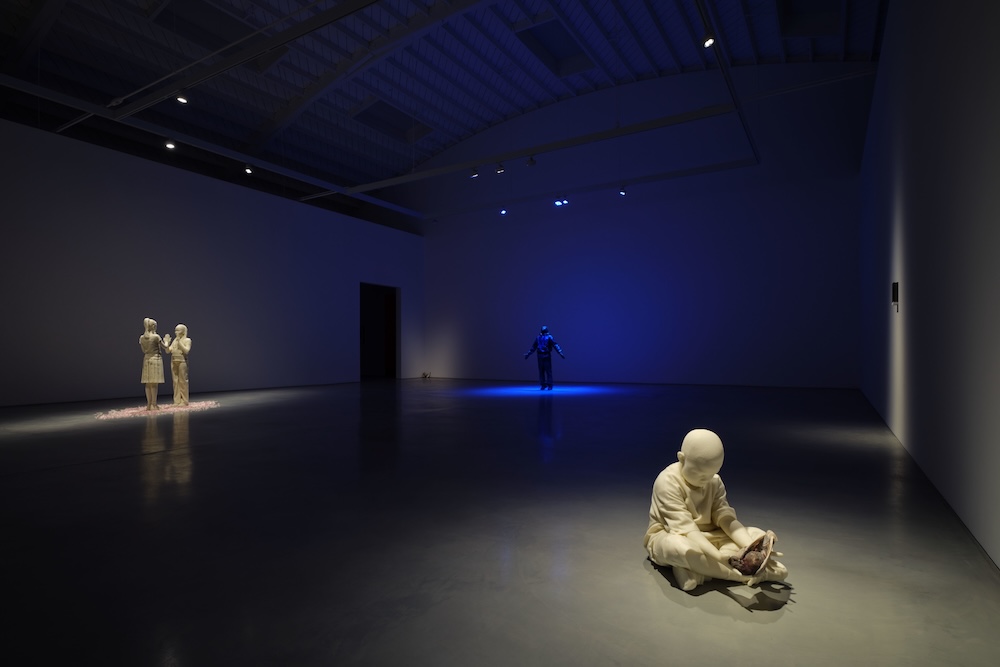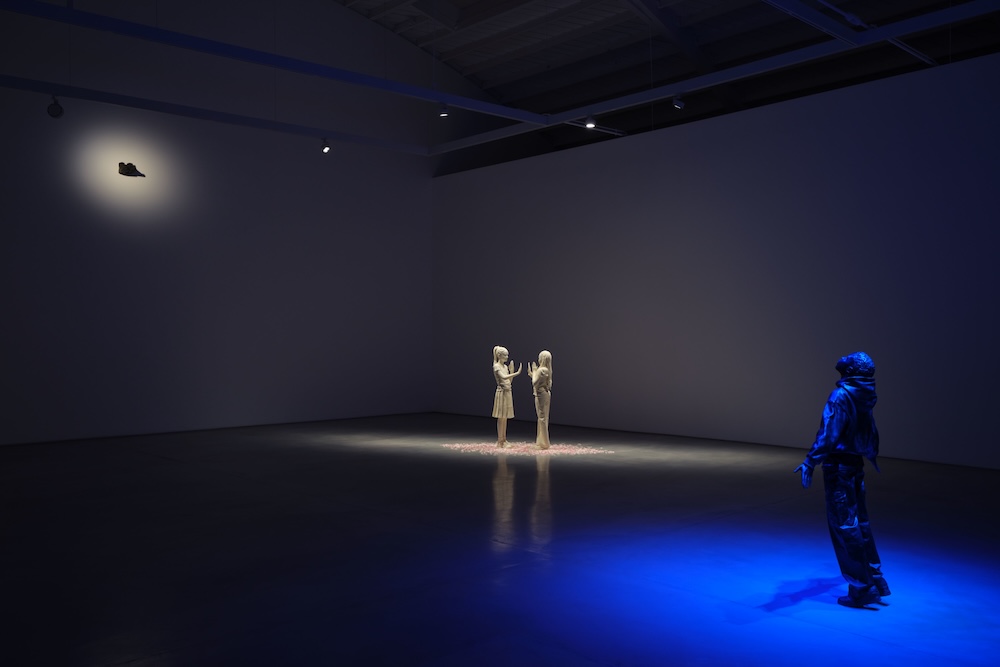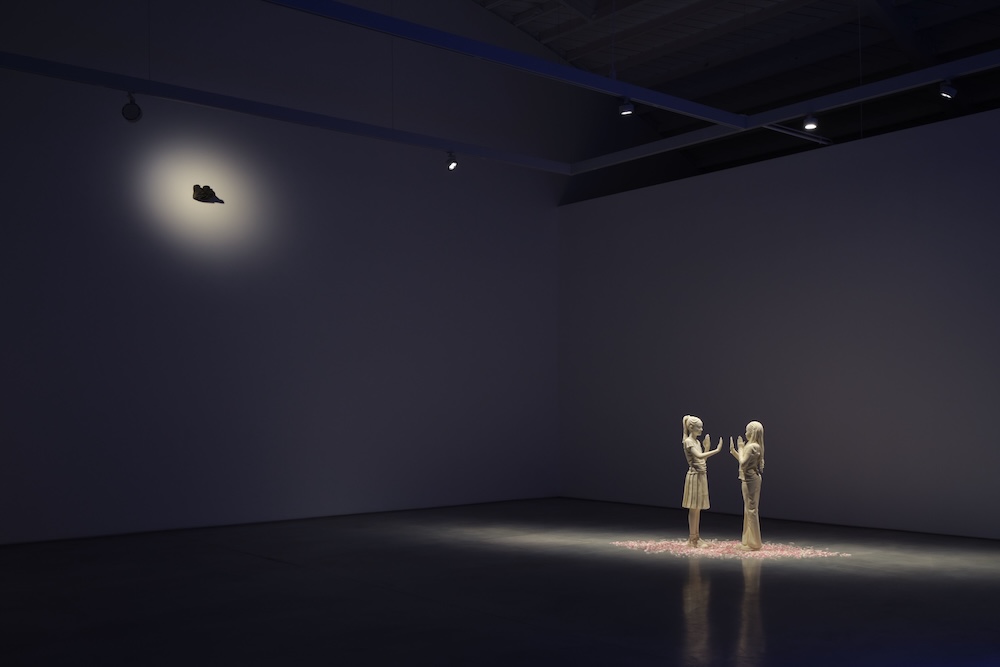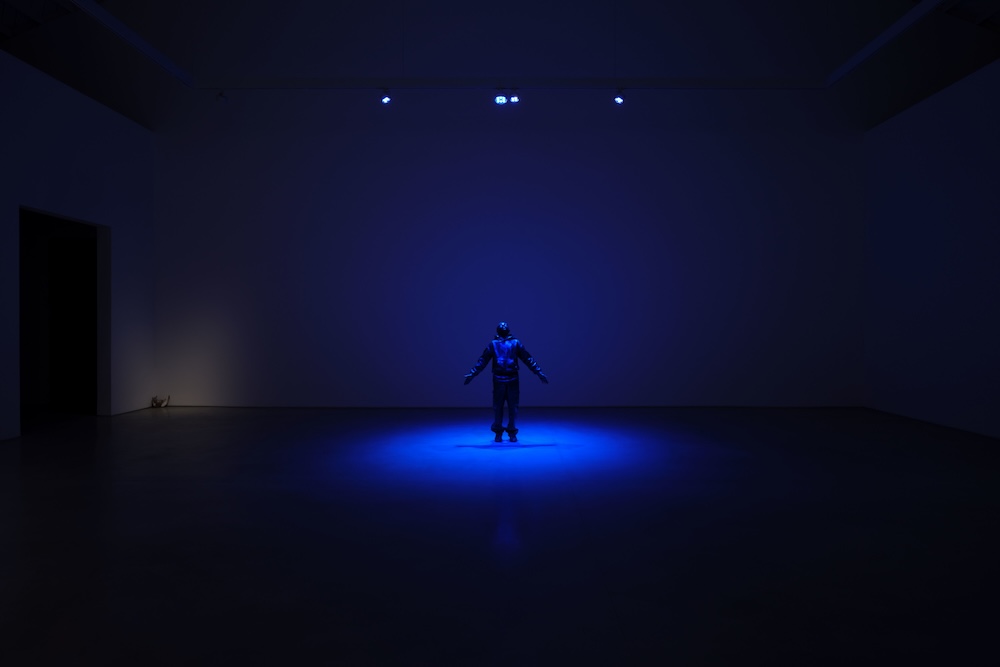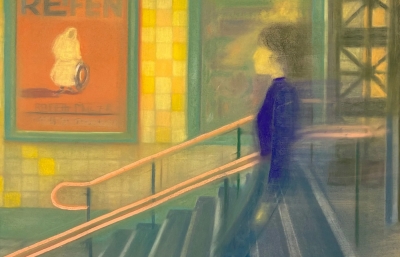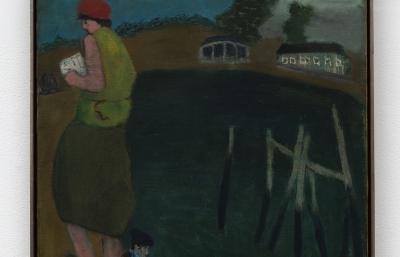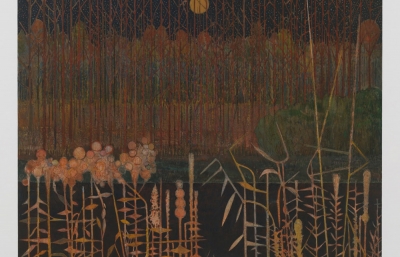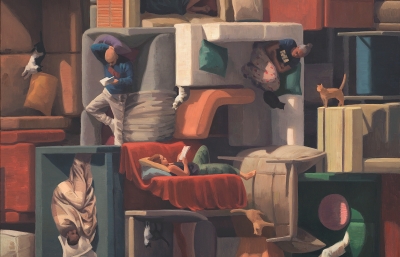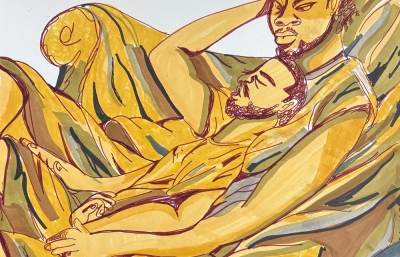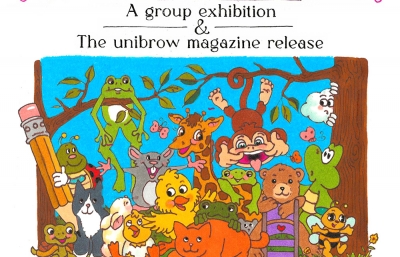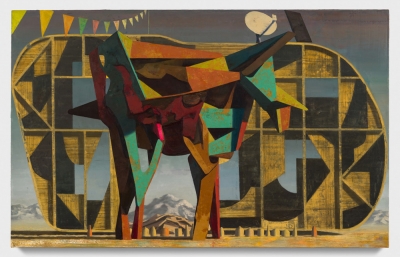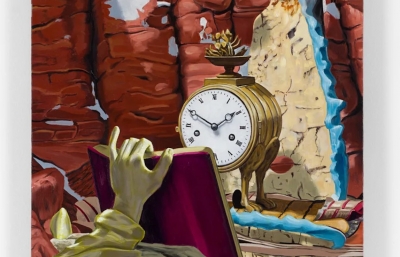Roberts Projects is pleased to present What Does Webster’s Say About Soul?, an exhibition by Esmaa Mohamoud and the artist’s first solo presentation with the gallery. Featuring a suite of new sculptures that build upon Mohamoud’s rich visual lexicon, this exhibition considers the loss of innocence experienced by Black youth and how these experiences become imprinted on the body, mind, spirit and soul.
Known for her conceptual practice that incorporates familiar objects and symbols from Black visual culture—including football equipment, peacock chairs, lowriders and butterflies—Mohamoud reimagines her source materials by transforming their scale and layering cultural references to recontextualize their interpreted meaning. The exhibition’s title comes from Gil Scott-Heron’s spoken word poem Comment #1 (1970), which earnestly describes the violence of racial and social inequality in America during that time. The deep significance of soul, and the harm that can be inflicted on it, is what Mohamoud’s sculptures examine from the perspective of Black children who must navigate a world that robs them of their innocence.
In combination with lighting effects, mirrored reflections and the gradual decay of organic matter throughout the exhibition, Mohamoud’s figurative sculptures poetically evoke legacies of generational trauma while also allowing for moments of beauty and introspection. In I Can’t Forget You (My Whole World Turns Blue), a teenage boy in a hooded sweatshirt stands with his arms outstretched, alluding to both images of tragic gun violence and heavenly ascension. Mohamoud explores the confrontation with death and its psychological impact in …NUMB, in which a young boy sits cross-legged while holding a lifeless pigeon. The work’s profound depiction of a child’s first contemplation of mortality is heightened through the power of the viewer’s interpretation.
This duality of meaning and implication runs throughout the exhibition and is expressed through Mohamoud’s choice of materials. Her use of shea butter assumes a novel form through the addition of charred animal bones, which create the black pigmentation seen in many of the figures. The shea butter sculptures create a strong contrast with works made of polished granite such as The Souls of Black Folk, a recreation of W.E.B. Du Bois’ renowned book which was published in 1903. The reflective surface and tangible weight of the material create a gravitational force in the gallery that pulls viewers into a singular world of Mohamoud’s creation, one that centers the importance of both collective experience and personal reflection.

